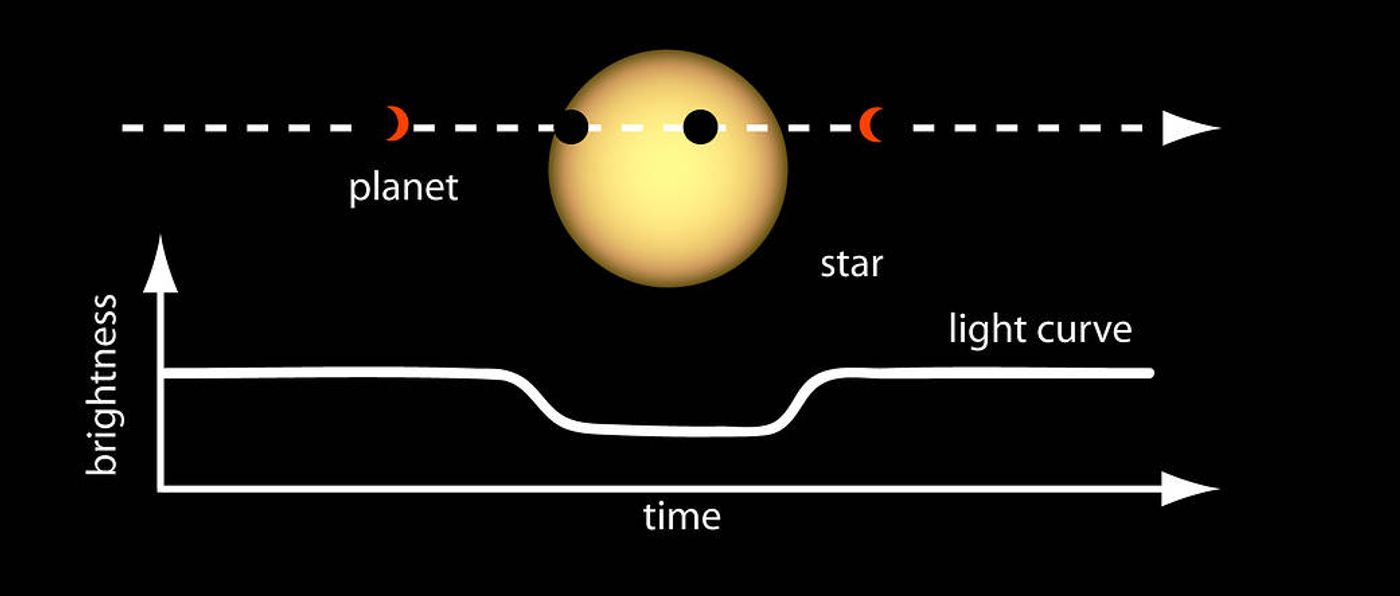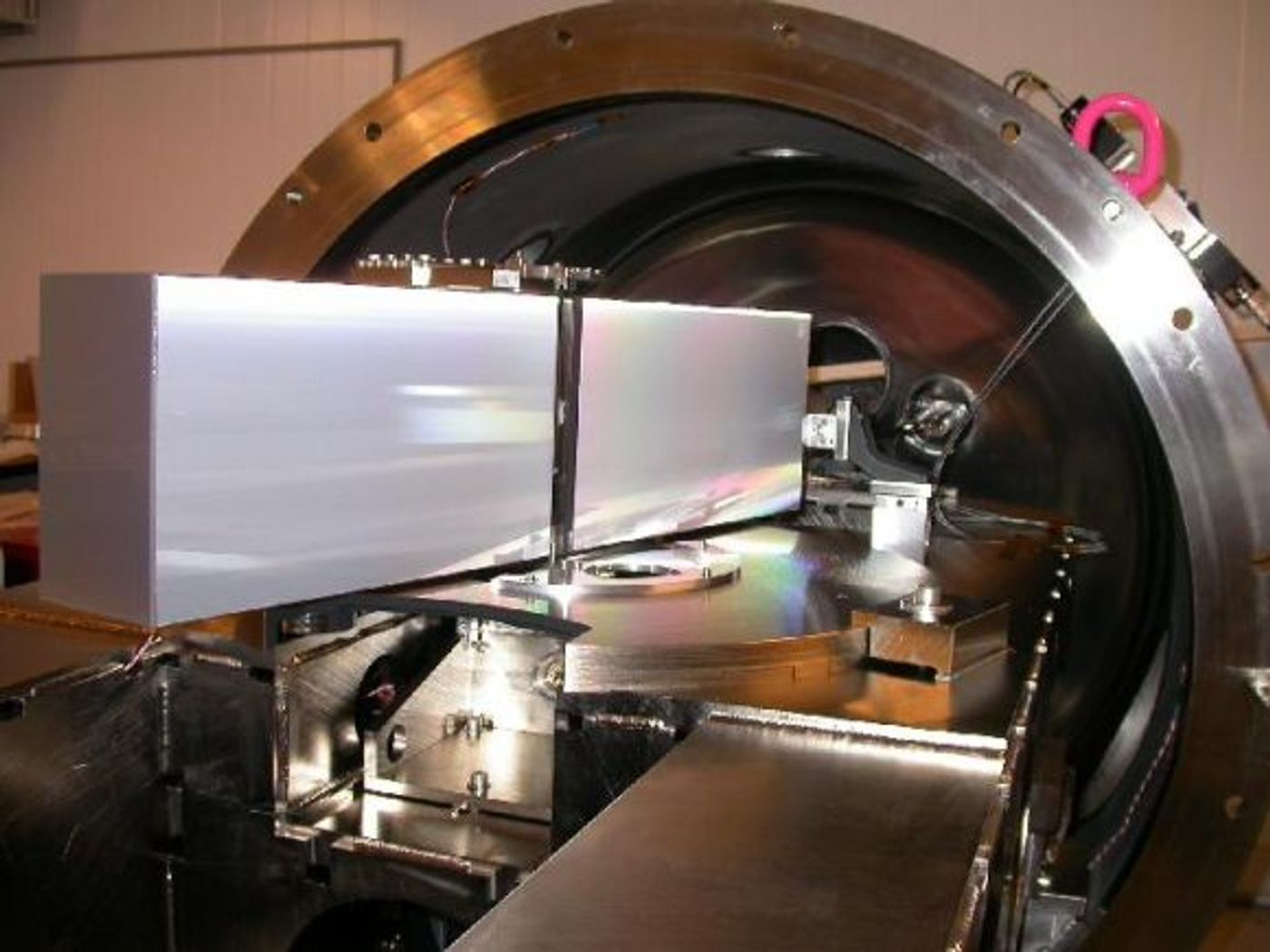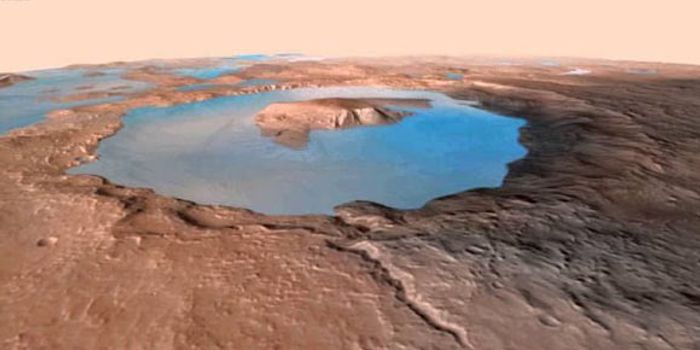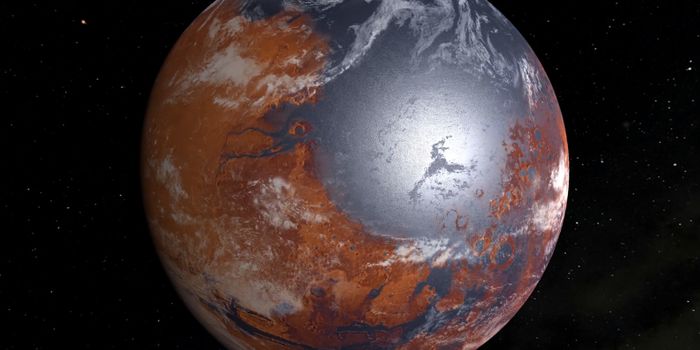Exoplanet Detection Methods: The Science and Missions
The discovery of new exoplanets (aka planets that orbit stars outside of our solar system) are becoming a common regular occurrence, and the technological development used to find these intriguing new worlds is advancing at an incredible rate. Recently, 301 new exoplanets were discovered using machine learning, which is seen as a form of artificial intelligence. But what other methods of exoplanet detection exist to help scientists find planets outside our solar system, with the ultimate goal of finding one just like Earth? Here, we explore in detail the five most successful exoplanet detection methods from the NASA Exoplanet Archive.
Transit Photometry
This method has detected the most exoplanets orbiting other stars, accounting for over 3700 confirmed exoplanets. As its name implies, this method is conducted by measuring the decrease in the parent star’s brightness as an exoplanet passes in front of it and is most useful for detecting large planets with small orbits. This method is also the most useful in determining the exoplanet’s radius, as the calculated decrease in the star’s brightness can essentially be subtracted from the star’s known radius. The one downside to this method is the observer is required to observe the exoplanet system completely edge-on, as they would not be able to see the transit any other way. The exoplanet passing in front of its parent star causes a mini-eclipse, much like when we observe Mercury or Venus pass in from of our own Sun.
Radial Velocity
Also known as the “Doppler” method, this exoplanet detection method has accounted for over 900 confirmed exoplanets, and was responsible for detecting the first exoplanet discovered in 1995. This method is carried out by measuring the small changes in speed by the parent star as it wobbles back and forth caused by the gravitational tug between itself and an orbiting body, in this case, an exoplanet. These changes in speed are detected by observing the parent star move closer and then farther away from the observer. One disadvantage of this method is that it is not possible to observe hundreds or even thousands of stars simultaneously with a single telescope—as can be done with the transit method.
Microlensing
Also known as “gravitational microlensing”, this exoplanet detection method accounts for over 100 confirmed exoplanets. This method is conducted when the gravitational field of a star acts like a lens, ultimately magnifying the light of a distant background star, but only occurs when two stars are almost exactly aligned, which explains why so few exoplanets have been discovered using this method.
Direct Imaging
This method accounts for just over 50 confirmed exoplanets, and while its name implies that we directly image the exoplanet itself, it is the exoplanet’s thermal signature that we are actually viewing. Exoplanets are so far away that they can’t be directly imaged and are also hard to detect since the glare from their parent stars effectively blot out their visibility. This detection method is carried out by blocking the glare of the parent star, revealing the thermal signatures of the orbiting exoplanets. One disadvantage to this method is that it is only successful in detecting large exoplanets orbiting close to their parent stars.
Transit Timing Variations
This method accounts for just over 20 confirmed exoplanets, and is often used to confirm the existence of multiple exoplanets in a single system after they’ve already been detected using the transit method. One major drawback from this method is that it is not useful in determining details about the planets themselves.
Ground-Based Missions
There are currently over three dozen active ground-based telescopes searching the heavens for worlds beyond our solar system ranging from the United States, Europe, New Zealand, and Japan. The most successful of these missions is the High Accuracy Radial Velocity Planet Searcher (HARPS) instrument, which has discovered over 130 exoplanets to date. HARPS is currently dubbed as “the” planet hunter of ground-based astronomy, and it based at the European Southern Observatory’s La Silla Observatory on the outskirts of the Chilean Atacama Desert. As its names implies, it uses the radial velocity detection method to detect minute wobbles in a parent star’s motion.
Space-Based Missions
There have only been 10 successful space-based exoplanet-finding missions in existence, and just under half are currently active. The most successful of these missions was NASA’s Kepler and K2 Missions, the latter of which was a follow-on mission that was approved after the Kepler spacecraft lost two of its four reaction wheels meant to steer the spacecraft. While the initial Kepler Mission lasted from 2009 to 2013, K2 lasted even longer, from 2013 until 2018. To date, both combined missions have confirmed 2707 exoplanets, with another 4717 candidates awaiting confirmation.
NASA’s current Transiting Exoplanet Survey Satellite (TESS) was launched in 2018 and has already confirmed almost 200 exoplanets, with over 5000 candidates awaiting confirmation. While the prime mission officially ended in July 2020, TESS is currently in its extended mission, which is slated to last 27 months past end of its primary mission.
Other Detection Methods
While the aforementioned exoplanet detection methods account for the most successful methods to date, other known methods include:
- Astrometry
- Eclipse Timing Variations
- Pulsar Timing Variations
- Pulsation Timing Variations
- Orbital Brightness Modulations
- Disk Kinematics
Conclusion
The ultimate goal is to find Earth-like exoplanets that orbit within what’s known as the Habitable Zone, which is the area around a star where it is not too hot and not too cold for liquid water to exist on the planet’s surface. Despite all of the combined ground-based and space-based observatories constantly combing the night skies, only 361 exoplanets have either been confirmed or are candidates for this prestigious honor. That encompasses less than 10% of the total confirmed exoplanets currently cataloged in the NASA Exoplanet Archive. While very small, it still means our own Milky Way could possess millions of Earth-like exoplanets just waiting to be discovered. How many of these fascinating worlds have inhabitants just like us looking up at the night sky also asking, “Are we alone?” Until we’re able to answer this astounding question, keep doing science, and keep looking up!
Sources: Labroots, NASA Exoplanet Archive, Paul Anthony Wilson, Nature, Universe Today (1), Universe Today (2), Wikipedia (1), European Southern Observatory, Wikipedia (2), NASA, NASA Exoplanets, NASA TESS











